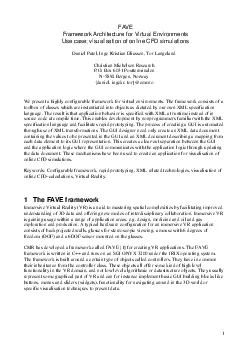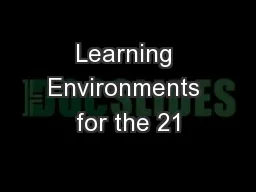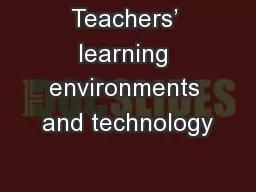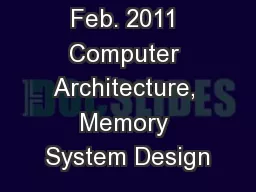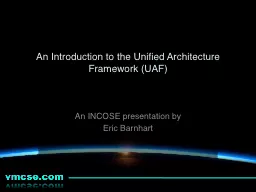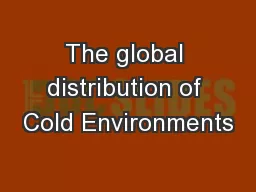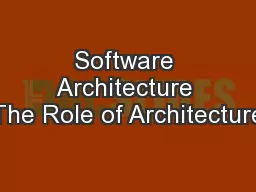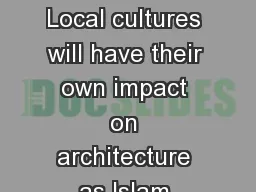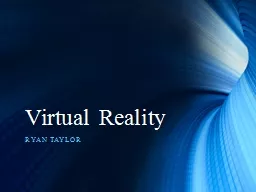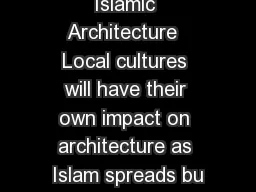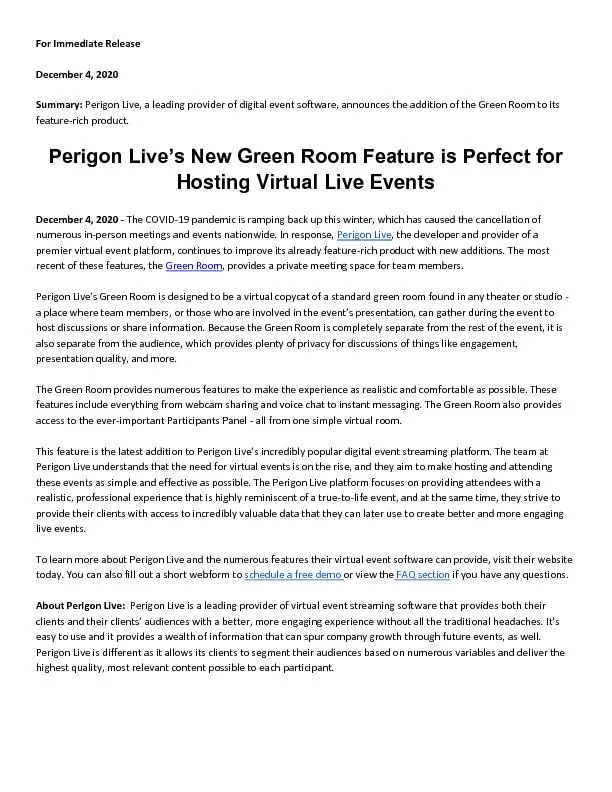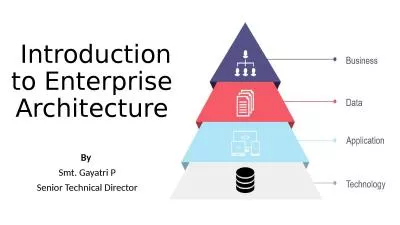PDF-Framework Architecture for Virtual Environments
Author : cadie | Published Date : 2021-09-15
FAVE Use case visualisation of online CFD simulations Daniel Patel Inge Kristian Eliassen Tor Langeland Christian Michelsen Research PO Box 6031 Postterminalen N5892
Presentation Embed Code
Download Presentation
Download Presentation The PPT/PDF document "Framework Architecture for Virtual Envir..." is the property of its rightful owner. Permission is granted to download and print the materials on this website for personal, non-commercial use only, and to display it on your personal computer provided you do not modify the materials and that you retain all copyright notices contained in the materials. By downloading content from our website, you accept the terms of this agreement.
Framework Architecture for Virtual Environments: Transcript
Download Rules Of Document
"Framework Architecture for Virtual Environments"The content belongs to its owner. You may download and print it for personal use, without modification, and keep all copyright notices. By downloading, you agree to these terms.
Related Documents

